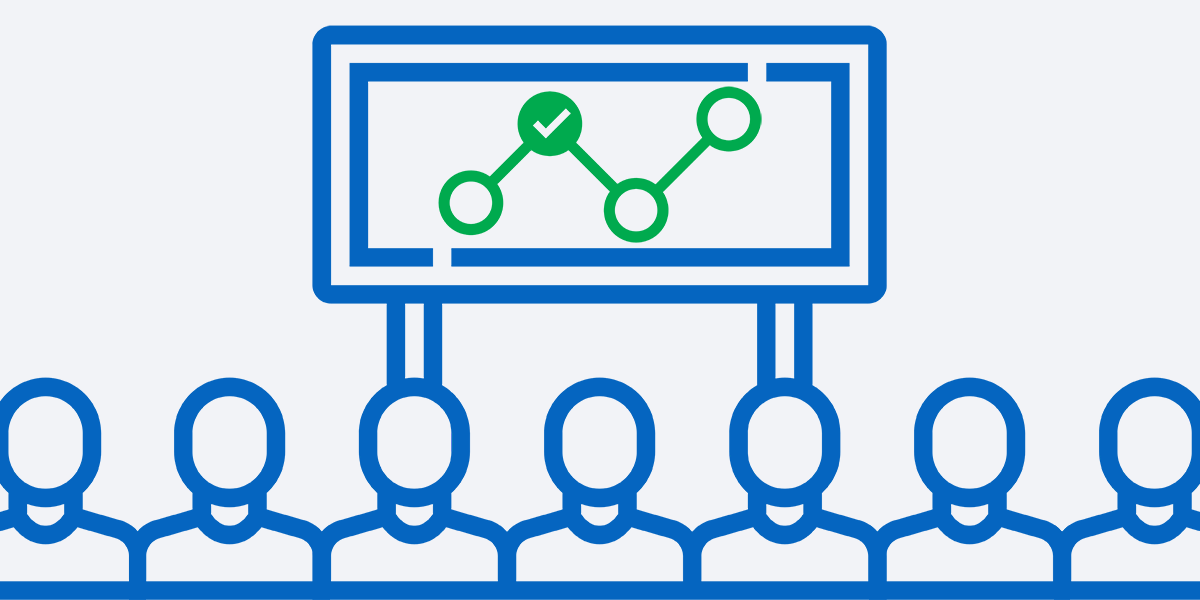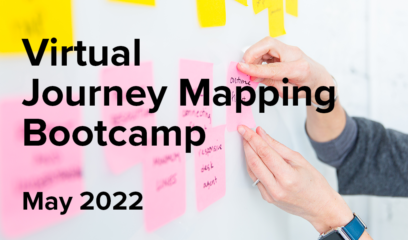I was talking recently with the head of marketing at large consumer products company. Several years ago, a major digital agency she was working with presented her team with customer journey maps. The agency had put the maps together — based solely on their own desk research, not by actually going out to talk with any of their client’s customers — and just handed them over.
The result? ZIP. ZILCH. NADA.
Because her marketing team hadn’t been involved with the development process, they didn’t understand the maps — or how to use them. And so, they put them into a drawer and never looked at them again.
It pains me to see organizations (agencies and clients alike) waste precious time on these sorts of scenarios. Because it doesn’t matter how many journey maps you have if you don’t use them.
The first step in making sure your maps are used is to involve as many people as possible in the mapping process. Of course, it won’t be possible to involve everyone at your organization at every step — but you can create buy-in and ensure future momentum by being strategic about who you involve at key stages.
Picture the people you can involve in your initiative filling an hourglass: many people at the top, a few in the middle, and many again at the bottom.
Top of the hourglass: Pre-Customer Research
- Conduct stakeholder interviews with leaders from key functions to get their input. What journeys and personas are most important to them? What specific questions do they have? How would answers to those questions help them achieve their objectives or improve their metrics?
- Conduct hypothesis mapping with influencers from any part of the organization that has some impact on the journey you’re examining — and don’t forget about behind-the-scenes folks like finance and human resources. They key word here is influencers, as you want to include people who will go back to their respective departments and evangelize on your behalf.
- Gather existing customer, operational, and financial data from across your organization to start to (in)validate your hypotheses and connect the work of seemingly far-flung groups to your initiative.
Middle of the hourglass: Customer research
- While you can’t involve throngs of people in customer research, you should absolutely encourage those with an interest to participate. If you’re conducting observational research or interviews, ask a colleague to tag along or join the call. Or, if you’re holding a customer workshop, train your employees to act as small-group facilitators so they can lead conversations with customers themselves.
Bottom of the hourglass: Analysis & Socialization
- As you dig through your data and create your maps, check back in with stakeholders and influencers to share what you’ve learned.
- You can also solicit input from leaders and individual contributors throughout your organization on how to best craft the story of the journey so that it’s actionable for their parts of the organization.
What are your favorite ways to get your organization involved in journey mapping? Please share your thoughts below!




